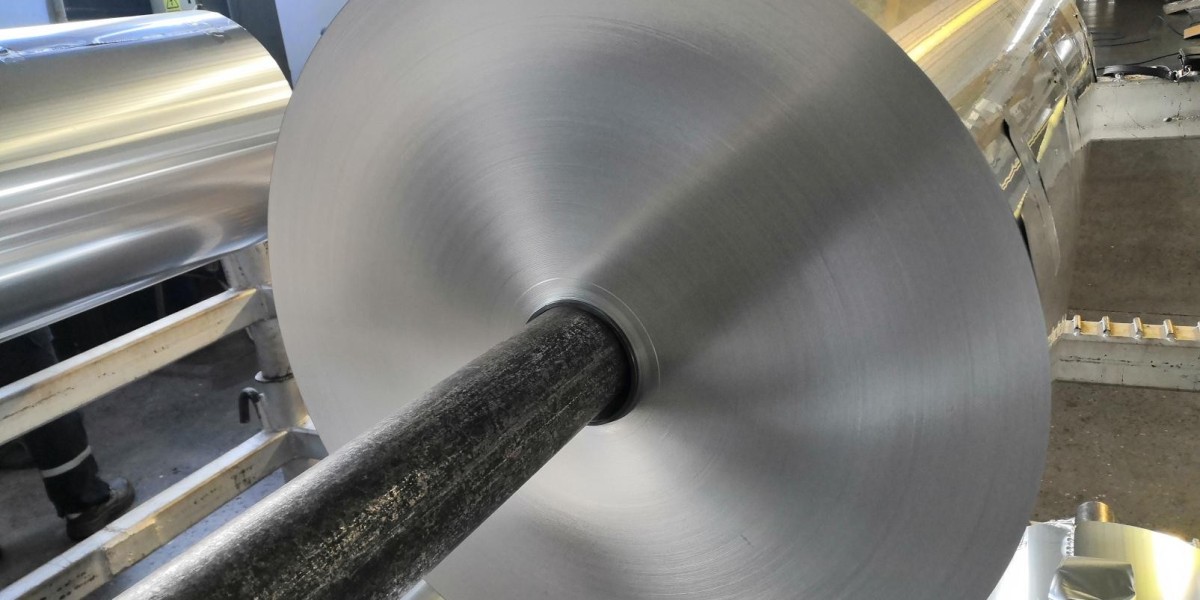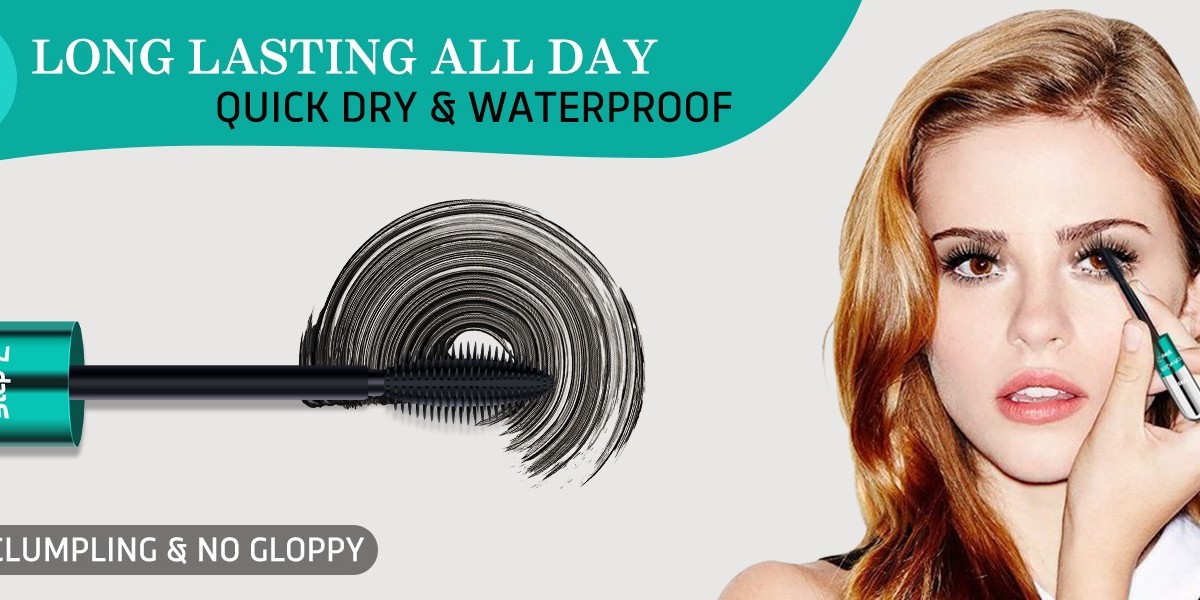Flexible packaging aluminum foil is a versatile and essential material in the packaging industry, known for its excellent barrier properties, lightweight nature, and sustainability. This article delves into the characteristics, benefits, applications, and future trends of flexible packaging aluminum foil.
Introduction to Flexible Packaging Aluminum Foil
Flexible packaging aluminum foil is a thin, pliable sheet of aluminum used in various packaging applications. It is typically combined with other materials, such as plastic films, paper, and adhesives, to create multi-layer structures that offer superior protection and functionality. The thickness of aluminum foil used in flexible packaging ranges from 6 to 20 microns, providing a balance between flexibility and barrier performance.
Characteristics of Flexible Packaging Aluminum Foil
Material Composition: Flexible packaging aluminum foil is primarily composed of pure aluminum, with minor alloying elements to enhance specific properties. The most common alloy used is 8011, which offers a good balance of formability and barrier properties.
Thickness: The typical thickness range for flexible packaging aluminum foil is 6 to 20 microns. Thinner foils are more flexible but may require additional layers to achieve the desired barrier properties.
Surface Treatment: The surface of the aluminum foil can be treated to improve adhesion, printability, and barrier performance. Common treatments include corona treatment, coating, and lamination.
Barrier Properties: Aluminum foil provides excellent barriers against oxygen, moisture, light, and odors. These properties are crucial for preserving the quality and shelf life of packaged products.
Formability: Flexible packaging aluminum foil is highly formable and can be easily shaped into various forms without tearing or cracking, making it suitable for complex packaging designs.
Benefits of Using Flexible Packaging Aluminum Foil
Superior Barrier Protection: The excellent barrier properties of aluminum foil protect products from spoilage, degradation, and contamination, extending their shelf life and maintaining their quality.
Lightweight and Space-Efficient: Aluminum foil is lightweight, reducing transportation costs and making it easier to handle. Flexible packaging also takes up less space on store shelves and in warehouses.
Sustainability: Aluminum is 100% recyclable and can be reused multiple times without losing its properties. This makes flexible packaging aluminum foil an environmentally friendly choice.
Cost-Effective: The use of aluminum foil in flexible packaging can reduce material usage and lower overall packaging costs, making it a cost-effective solution for manufacturers.
Versatility: Flexible packaging aluminum foil can be used in a wide range of applications, from food and beverage packaging to pharmaceuticals and consumer goods.
Applications of Flexible Packaging Aluminum Foil
Food and Beverage Packaging: Aluminum foil is widely used in the food and beverage industry to package products such as snacks, confectionery, coffee, tea, and ready-to-eat meals. Its barrier properties ensure that the products remain fresh and safe for consumption.
Pharmaceutical Packaging: In the pharmaceutical industry, aluminum foil is used to package medications, vitamins, and other healthcare products. The foil provides a sterile environment and protects the products from moisture and light.
Consumer Goods: Flexible packaging aluminum foil is used to package a variety of consumer goods, including cosmetics, personal care products, and household chemicals. The foil ensures that the products remain effective and safe for use.
Industrial Applications: In industrial settings, aluminum foil is used for packaging lubricants, adhesives, and other chemicals. The foil's barrier properties prevent the products from degrading and ensure their effectiveness.
Medical Devices: Flexible packaging aluminum foil is used to package medical devices, such as surgical instruments and diagnostic kits. The foil provides a sterile and protective environment for these critical products.
Future Trends and Innovations
Sustainable Packaging Solutions: There is a growing demand for sustainable and eco-friendly packaging solutions. Innovations in recycling processes and the development of biodegradable coatings are expected to further enhance the sustainability of flexible packaging aluminum foil.
Smart Packaging: The integration of smart technologies, such as RFID tags and sensors, into flexible packaging aluminum foil can provide real-time monitoring of product conditions, enhancing traceability and quality control.
Advanced Coatings and Treatments: New coatings and treatments are being developed to improve the barrier properties, adhesion, and printability of aluminum foil. These advancements will expand the range of applications and enhance the performance of flexible packaging.
Customization and Personalization: Advances in printing and manufacturing technologies are enabling greater customization and personalization of flexible packaging aluminum foil. This allows brands to create unique and engaging packaging designs that stand out on store shelves.
Conclusion
Flexible packaging aluminum foil is a vital material in the packaging industry, offering superior barrier protection, lightweight properties, and sustainability. Its versatility and cost-effectiveness make it a preferred choice for a wide range of applications, from food and beverage packaging to pharmaceuticals and consumer goods. As technology continues to advance, the future of flexible packaging aluminum foil looks promising, with innovations focused on sustainability, smart packaging, and advanced coatings. By leveraging the unique properties of aluminum foil, manufacturers can create packaging solutions that meet the evolving needs of consumers and the environment.








